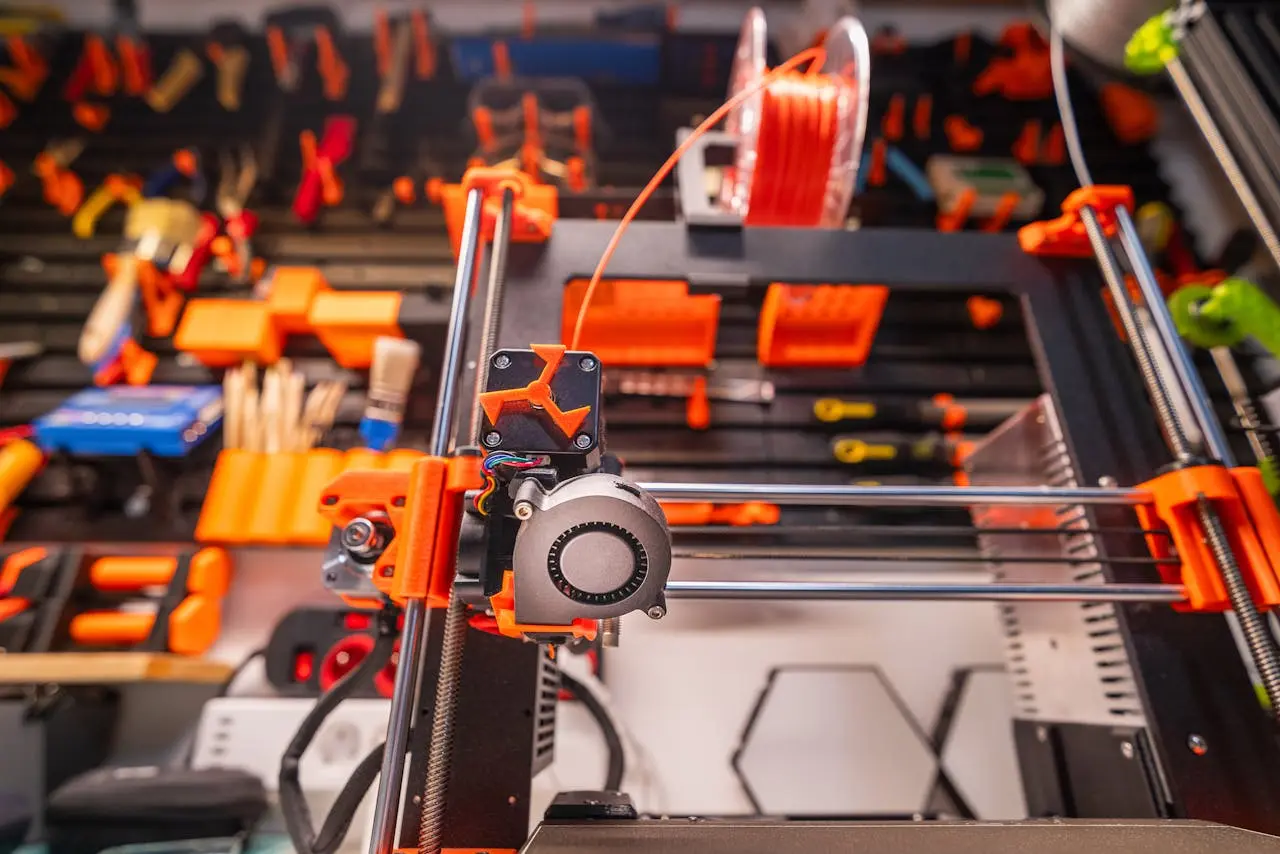Why the 3D Benchy Is Still the Ultimate Test Print

In the realm of 3D printing, achieving optimal print quality is the pursuit. The 3D Benchy, a small boat-shaped model, has emerged as a universal benchmark for testing and evaluating the capabilities of 3D printers. In this article, we'll explore why the 3D Benchy is considered an excellent test for 3D printers and what it reveals about their performance.
- Complex Geometry: The 3D Benchy is renowned for its intricate design, featuring overhangs, curves, and fine details. Printing such complex geometry puts a 3D printer's capabilities to the test, revealing its proficiency in handling intricate structures.
- Overhangs and Bridging: Overhangs and bridging are critical aspects of 3D printing, especially when creating models with protruding features or arches. The 3D Benchy includes overhangs like the roof and windowsills, making it an effective tool for assessing a printer's ability to handle such challenging elements.
- Surface Quality: The surface quality of a 3D print is paramount, and the 3D Benchy's smooth hull and fine details provide a comprehensive evaluation of a printer's ability to produce clean and detailed surfaces. Imperfections like layer inconsistencies or artifacts become apparent when examining the Benchy.
- Small Details and Tolerance: The 3D Benchy includes small, intricate details such as portholes and text on the stern. Successfully reproducing these details demonstrates a printer's precision and ability to handle fine features, showcasing its tolerance and accuracy.
- Stringing and Ghosting: Stringing, where unwanted filament strands appear between separate sections of a print, and ghosting, characterized by slight wavy patterns on the surface, are common challenges in 3D printing. The 3D Benchy's masts and curved surfaces make these issues visible, allowing users to identify and address potential problems.
- Print Speed and Cooling: The 3D Benchy's structure includes features that require varying print speeds and cooling settings. Testing a printer's ability to adapt to these changes is crucial for achieving the best results. The Benchy's chimney, for example, serves as a practical indicator of a printer's cooling efficiency.
- Uniformity in Multi-Material or Multi-Color Printing: For those exploring multi-material or multi-color printing, the 3D Benchy can be a valuable tool. Its distinct sections, such as the cabin and hull, allow users to assess color transitions and material changes, ensuring uniformity in the final print.
The 3D Benchy has become an iconic symbol in the 3D printing community as an invaluable benchmark for evaluating 3D printers. Its multifaceted design and diverse features make it an effective tool for identifying a printer's strengths and weaknesses. By putting printers through the Benchy test, enthusiasts and professionals alike can fine-tune their machines, achieve optimal print quality, and navigate the seas of 3D printing with confidence. Learn more about the 3D Benchy by visiting https://www.3dbenchy.com/


.jpg)